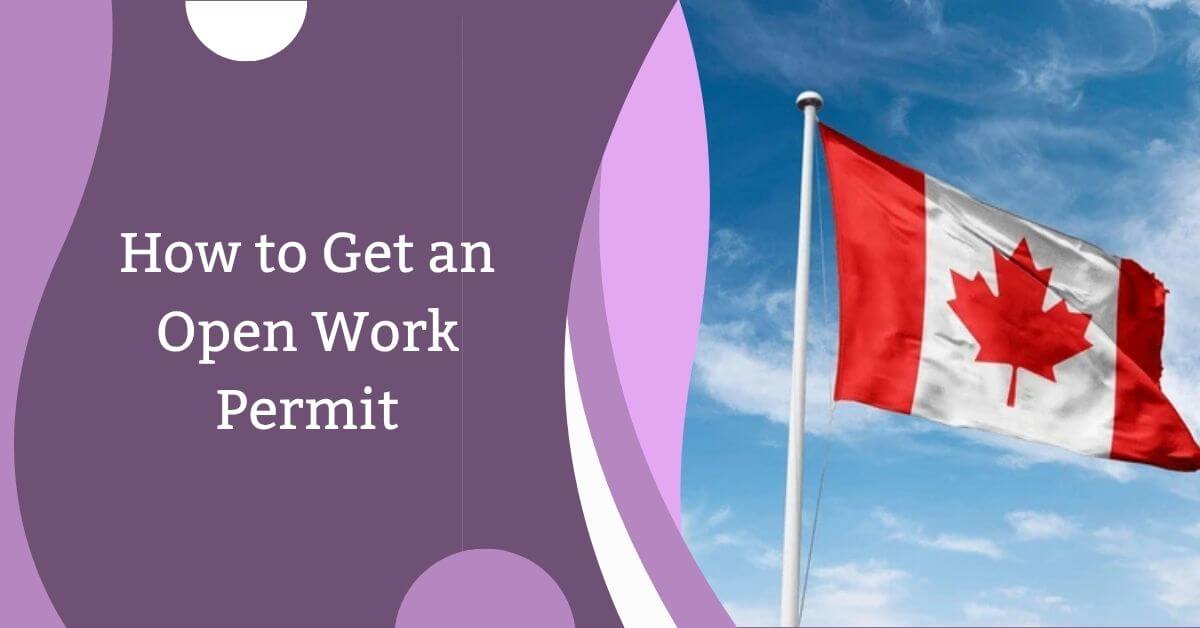There are new rules about how foreign workers can apply for an open work permit that went into effect on December 23, 2025. International workers who want to be able to work for any Canadian company in their field are interested in an open work permit. But might the new rules change how you apply?
We’re going to talk about how foreign workers can get an open work permit to work in Canada in 2025 on this page. We’ll talk about the new changes and everything else you need to know to apply in more depth. Read on to learn more.
Canada’s Open Work Permit Explained:
We should talk about what an open work permit is before we talk about the new changes. This way, you’ll know if it’s the best way to advance your job in Canada. Foreigners can apply for a lot of different permits and visas, but most of them are specific to the company.
With an open work permit, temporary foreign workers in Canada have more freedom because they can work for any company or more than one employer. However, there are rules about who can apply for an open work pass. You might be able to apply if any of the following are true about you:
- Your fiancé, husband, or common law partner is being sponsored to become a permanent resident of Canada.
- Your partner, spouse, or fiancé has a work permit or study visa that is special to their employer.
- Having a child under 18 years old with a study visa to go to a Canadian school is allowed.
- You have a study pass, but you can’t pay for school anymore.
- You just finished school on a study visa and are now waiting for the Post Graduation Work Permit Program to be approved.
- If you’ve applied for PR and your temporary work permit is about to run out,
Check More: How to Get a Canadian Work Permit
New Changes Affecting Open Work Permits in 2025
There have been some changes to the ways that people can apply for an open work permit. It used to be possible for foreign workers to get a pass at the port of entry. This choice is no longer open. You can now only apply from your home country before moving to Canada or from within Canada if your present work permit is about to expire.
The other change to open work permits affects held-over Canadians who leave the country. If a foreign worker in Canada wants to apply for a new visa before their present one runs out, they can apply for a “maintained status.” If they leave the country while their status is still being kept, they won’t be able to work when they get back until they get a new permit.
How to Get an Open Work Permit?
The application process can begin by going to the Government of Canada’s website and creating an account in the system. The good thing about the open work permit is that companies might not have to get a Labour Market Impact Assessment (LMIA). This will make the process go faster, so you can get to work faster.
The only way for foreign workers to apply is online. There are only a few situations where you can apply on paper. If you want more information about the standards in your home country, choose it when you fill out your application. It will come with a guide that tells you everything you need to know.
If you want to apply, you should have all of the documents listed in the directions ready. If there is any wrong or missing information, it could make your review take longer. You will have to show proof of who you are, a criminal background check, the results of a medical exam, and proof of your funds.
Applicants will also have to pay a $100 CAD handling fee that they can’t get back when they send in their application.
Frequently Asked Questions:
What is an open work permit in Canada?
An open work permit allows you to work for any employer in Canada, without requiring a specific job offer or LMIA.
Who is eligible for an open work permit?
Eligibility includes spouses of skilled workers or international students, refugees, and certain international graduates.
How can I apply for an open work permit?
You can apply online through the IRCC website by submitting required documents, proof of eligibility, and paying the application fee.

